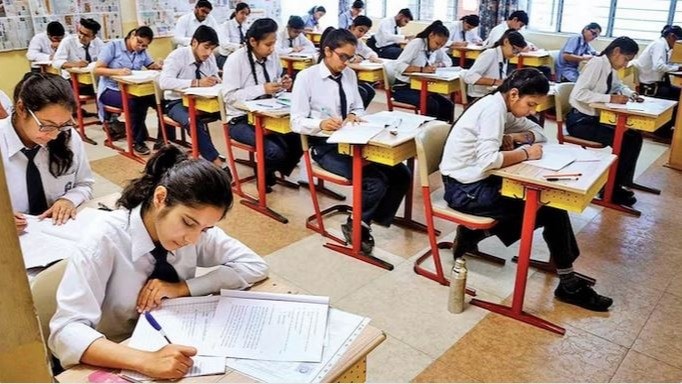Free Courses Sale ends Soon, Get It Now


Free Courses Sale ends Soon, Get It Now



Disclaimer: Copyright infringement not intended.
Context
The Central Board of Secondary Education (CBSE), the country’s largest national school board, is planning significant changes to the academic framework of Classes 9, 10, 11, and 12 as part of its plan to implement creditisation, recommended by the 2020 National Education Policy (NEP).
Details
Credit System and Its Rationale
Key Changes Proposed
Implementation of Proposed System
Conclusion
MUST READ ARTICLES:
https://www.iasgyan.in/daily-current-affairs/national-credit-framework
|
PRACTICE QUESTION Q. Discuss the key objectives and implications of the National Education Policy (NEP) 2020 in the context of transforming the Indian education system. (250 Words) |
© 2024 iasgyan. All right reserved